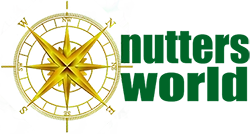Titbits and News from the Mare Nostrum
The Invisible Enemy: When Culture Itself Becomes a Target
A timely warning given the current resurgence of violence in the Middle East. This is the chilling reality of ethnocide in Iraq, from ISIS's deliberate destruction of ancient heritage to an artist's powerful reconstructions. Discover how cultural erasure impacts humanity and why the invisible enemy should not exist.
By Nick Nutter on 2025-06-26 | Last Updated 2025-06-26 | Titbits and News from the Mare Nostrum
This article has been visited 1,927 times

Special Ops Cody
The Invisible Enemy Should Not Exist
The word "ethnocide" chills me to the bone: the deliberate and systematic destruction of a group's culture. And nowhere has this chilling reality been more evident than in the aftermath of Operation Iraqi Freedom.
The aftermath of Operation Iraqi Freedom, the 2003 invasion of Iraq, by forces from the United States, United Kingdom, Australia and Poland was a catastrophe. The lack of post-war planning created a vacuum, allowing an insurgent group to take root, igniting a brutal sectarian civil war between Iraq's Shia majority and Sunni minority.
From this chaos, ISIS, initially known as Al-Qaeda in Iraq, was born. This period was marked by unimaginable violence – public executions, beheadings, and other atrocities designed to terrorize and suppress.
Then, in 2014, ISIS began a calculated campaign to erase entire cultures within Iraq. From June 2014 to February 2015, these Salafi jihadists plundered and destroyed at least 28 historic religious buildings in Mosul alone. The valuables they looted weren't just discarded; they were used to fuel the Islamic State's economy, turning destruction into a perverse form of profit.
Beyond ancient Mesopotamian sites, Iraqi Christian heritage suffered cataclysmic damage. ISIS also turned on Islamic sites, deeming them contradictory to their twisted ideology. Shia Islamic sites and non-compliant Sunni Islamic sites were utterly annihilated.
In March 2015, the ancient Palace of Nimrud, an Assyrian city dating back to the 13th century BC near present-day Mosul, was plundered and destroyed. The sheer scale of this loss is heartbreaking.
Do you enjoy my articles? For your reading pleasure, this website does not carry third party ads. You could help me write more articles by buying me a cup of coffee.
Voices of Anguish


Voices of Anguish
How can we truly grasp the devastating effects of such unimaginable loss? Only those who lived through it can begin to express the depth of the wound:
“They are targeting a people as well as its history and culture. It’s an attempt to end the existence of a people in their ancestral land” – Sanhareb Barsom (Syriac Union Party Co-Chair).
“They are not destroying our present life, or only taking the villages, churches, and homes, or erasing our future – they want to erase our culture, past and civilisation.” – Habib Afram (President of the Syriac League of Lebanon).
“Some 10,000 years of human history were destroyed”. – Lamia Al-Gailani Werr (died 2019, was an Iraqi archaeologist specialising in ancient Mesopotamian antiquities.)
“When I heard about Nimrud, my heart wept before my eyes did. My family and neighbours came to my house to pay condolences” – Hiba Hazim Hamad (an archaeology professor in Mosul who often took her students there.)
A Glimmer of Hope in Athens


Michael Rakowitz
Dateline 10th June 2025 – Acropolis Museum, Athens
Julie and I are at a temporary exhibition at the Acropolis Museum in Athens. The exhibition, ‘All Spice - The Invisible Enemy Should Not Exist’, is by a contemporary artist, the Iraqi – American, Michael Rakowitz, that explores the impact of war, colonialism, and cultural displacement through reconstructions of destroyed or looted artifacts from the Middle East.
Rakowitz's reconstructions are meticulously crafted, not from marble or gold, but from everyday materials: Middle Eastern food packaging, Arabic newspapers, and other humble items found in diaspora communities across America. He doesn't attempt to replace the irreplaceable. Instead, he creates "placeholders" that acknowledge both absence and presence. The display was dazzling, impressive, and deeply thought-provoking.
Yet, after a long day of "museuming," the full weight of it hadn't quite hit me. It wasn't until the next day, at the National Archaeological Museum, admiring the Mycenaean and Minoan artefacts, that I wondered to myself, “How would I, not to mention every Greek person, feel if I returned here tomorrow and everything had been stolen or destroyed and the museum itself obliterated?”
In that moment, the true, profound meaning of Michael Rakowitz’s "All Spice - The Invisible Enemy Should Not Exist" project struck me.


Head of Lamassu - looted from temple
Dateline 15th June 2025 – Acropolis Museum, Athens
There was no alternative but to return to the All Spice exhibition, this time armed with a better understanding of Rakowitz’s powerful message.
‘The Invisible Enemy Should Not Exist’ unfolds as an intricate narrative about the artifacts stolen from the National Museum of Iraq in Baghdad after the US invasion of April 2003, and the ongoing cultural destruction wrought by groups like ISIS. The heart of the project is an ongoing series of sculptures, a poignant attempt to reconstruct thousands of lost archaeological artifacts, all lovingly crafted in Rakowitz's Chicago studio. The project's title itself is a direct translation of Aj-ibur-shapu—the ancient Babylonian processional way that ran through the Ishtar Gate in Iraq.


Placeholders - Palace of Nimrud Room G
At the beginning of 2018, Rakowitz embarked on a new, disturbing chapter: reconstructing stone reliefs from the Northwest Palace of Nimrud. ISIS had completely looted and then destroyed the palace in 2015. Before its explosive demolition, its many rooms were adorned with 2.3-meter-high limestone reliefs depicting figures and ornamental flowers. Rakowitz began by rebuilding Room N, which had once contained thirteen of these reliefs. He then moved on to Room G, a banquet hall where King Ashurnasirpal II hosted guests. Ashurnasirpal II was a king under whom art flourished in the Assyrian Empire, and the reliefs depict benevolent spirits and sages blessing him and the kingdom with symbols of abundance from Assyria (present-day northern Iraq), like pinecones and dates.
Rakowitz's reconstructions of Mesopotamian artifacts aren't just art; they are powerful ovations to cultural erasure and human resilience. They are a desperate plea to end ethnocide and genocide, not only in the Middle East but throughout the entire world.
The urgent message is emphasised by a short video.
The Ballad of Special Ops Cody - Michael Rakowitz


The Ballad of Special Ops Cody
‘The Ballad of Special Ops Cody’ is a stop-motion video that confronts us with uncomfortable truths. In it an action figure, voiced by a veteran of the Iraq War, confronts Mesopotamian votive statues in glass display cases at the Oriental Institute in Chicago asking questions that echo across time: "Who are you? Where are you from? Why are you here? Don't you want to go home?"
The story behind Cody is haunting. In 2005, an Iraqi insurgent group posted a photo online of a captured US soldier named John Adam, threatening to behead him in 72 hours unless prisoners in US jails in Iraq were freed. The US military took the threat seriously but couldn't find a "John Adam" in their ranks.
It turned out John Adam was actually Special Ops Cody: a souvenir action figure, meticulously detailed in both African American and Caucasian likenesses. These dolls were sold exclusively on US bases in Kuwait and Iraq, often sent home to soldiers' children as a surrogate for a deployed parent. In the video, Cody, a symbol of military presence, offers the ancient statues "liberation," urging them to leave their open vitrines and return home. But the statues remain, petrified and afraid, unable to return in the current, shattered context.
‘All Spice - The Invisible Enemy Should Not Exist’ Exhibition


Female head from the Sin Temple at Tutub 2900 - 2300 BC - rescued
“Ethnocide is a Crime Against all Humanity” (Nick Nutter, historian, 2025).
Through Michael Rakowitz's art, this crucial message resonates, reminding us of the cost of cultural destruction and the fortitude of those who refuse to let their heritage be erased.
All Spice: The Invisible Enemy Should Not Exist’ Exhibition can be seen at the Acropolis Museum in Athens until 31st October 2025.
Credits


Placeholder - Old Babylonian Pendant - 2000 BC - stolen
Artifact and placeholder images are copyright to Nick Nutter and taken at the Acropolis Museum in Athens.
Special Ops Cody images are taken from the video by Michael Rakoowitz, the abreviated version can be seen at Special Ops Cody Video
Do you enjoy my articles? For your reading pleasure, this website does not carry third party ads. You could help me write more articles by buying me a cup of coffee.
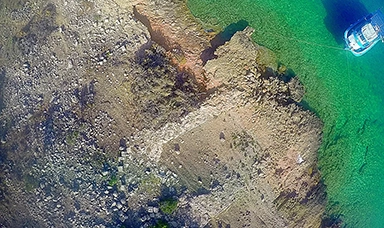 Dana Island, oldest ancient shipyard
Dana Island, oldest ancient shipyard A Bronze Age Courier Service
A Bronze Age Courier Service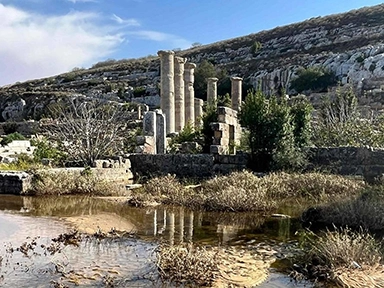 Cyrene's Lost Treasures
Cyrene's Lost Treasures The World's First Company
The World's First Company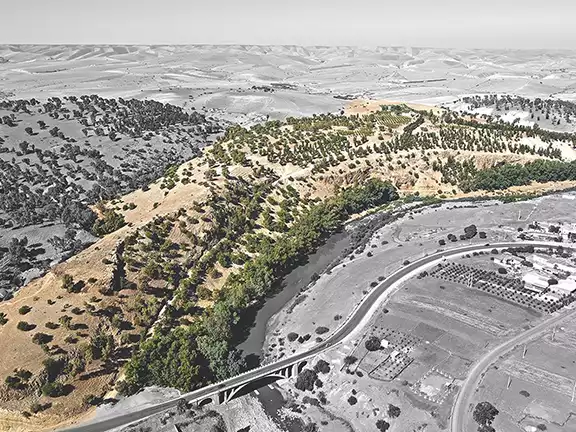 The Copper Age Site of Oued Beht
The Copper Age Site of Oued Beht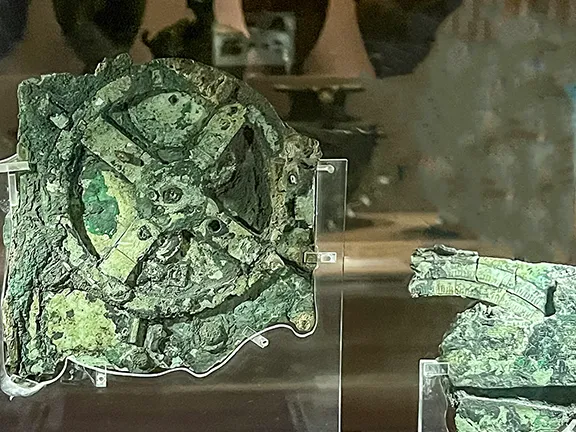 How the Antikythera Mechanism Works
How the Antikythera Mechanism Works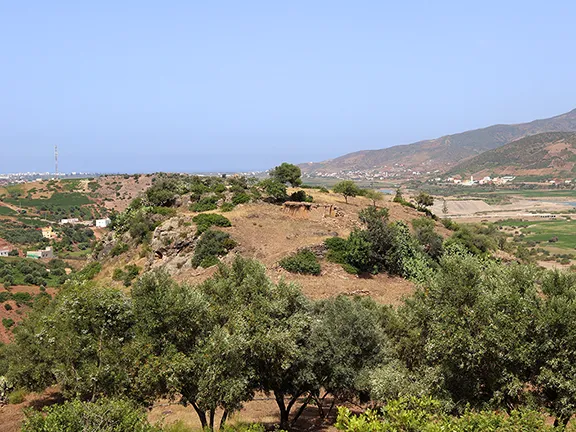 Kach Kouch and Iberia
Kach Kouch and Iberia Mediterranean Diet Evolution
Mediterranean Diet Evolution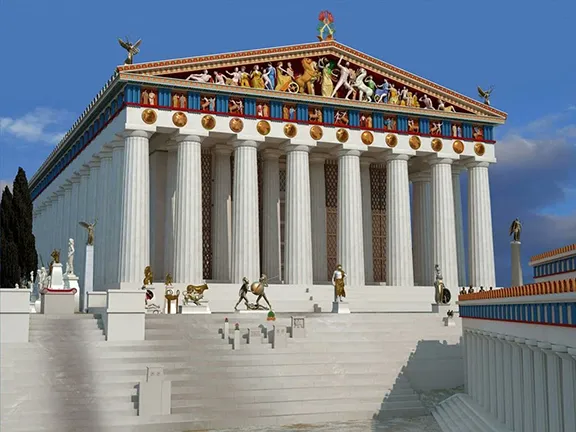 Hidden Colours of Ancient Statues
Hidden Colours of Ancient Statues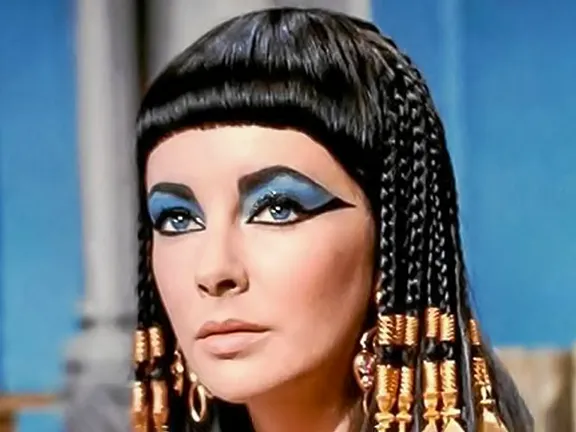 Cleopatra: Egypt's Last Pharaoh
Cleopatra: Egypt's Last Pharaoh Alexandria Library's True Fate
Alexandria Library's True Fate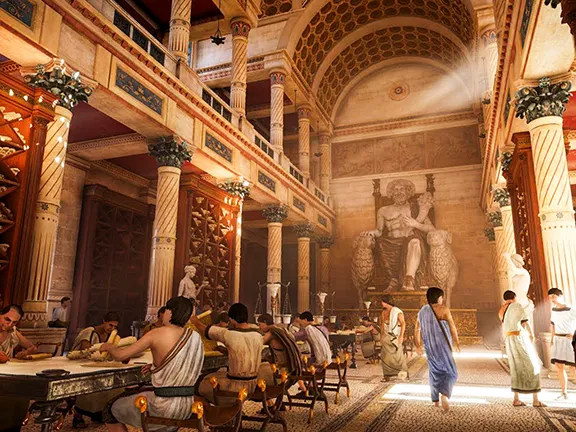 Six Great Ancient Libraries
Six Great Ancient Libraries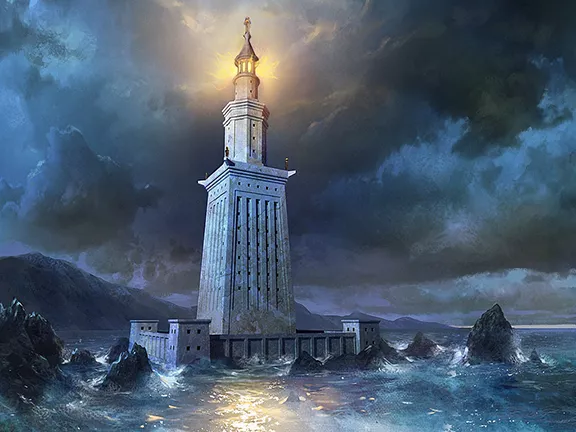 Ancient Greek Technology
Ancient Greek Technology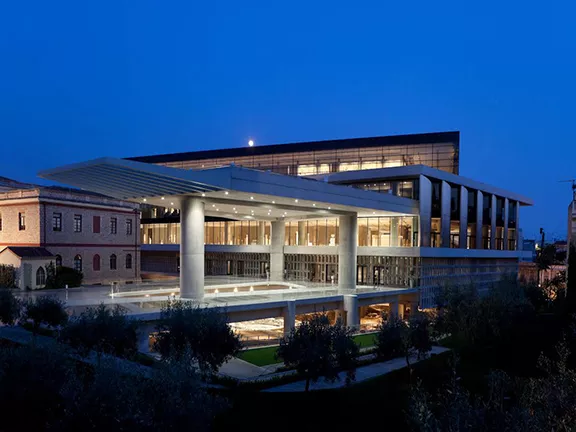 Broadening Horizons
Broadening Horizons New light on Hadrian
New light on Hadrian The Dolmens of La Lentejuela Teba
The Dolmens of La Lentejuela Teba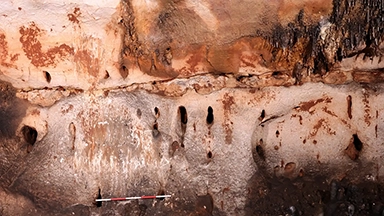 New Cave Art Discovery in Valencia region
New Cave Art Discovery in Valencia region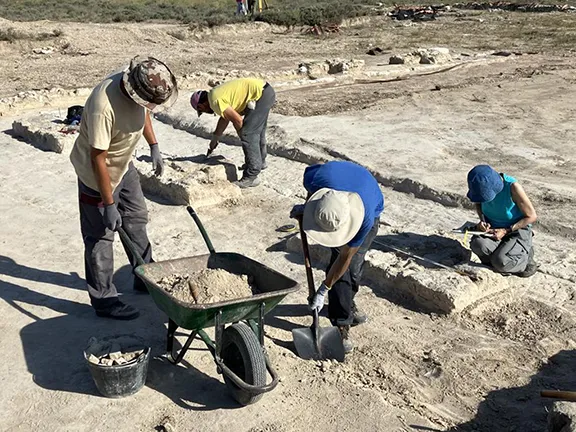 La Cabaneta Oldest Roman Forum in Iberian Peninsula
La Cabaneta Oldest Roman Forum in Iberian Peninsula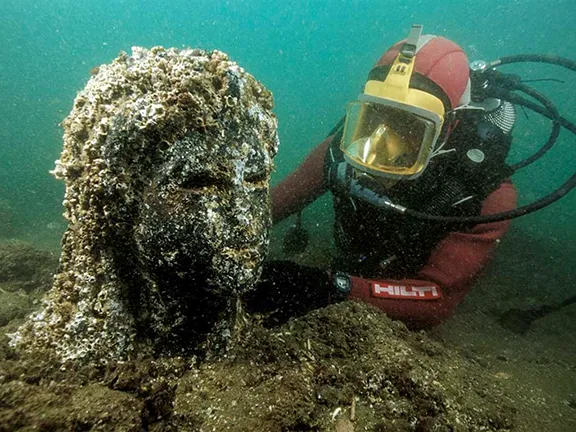 New Discoveries at Ancient Sunken City of Thonis-Heracleion
New Discoveries at Ancient Sunken City of Thonis-Heracleion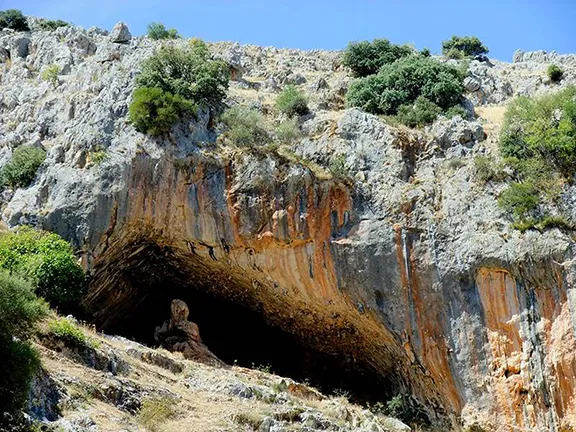 Europe's Oldest Shoes Found: 6,000-Year-Old Sandals Woven from Grass
Europe's Oldest Shoes Found: 6,000-Year-Old Sandals Woven from Grass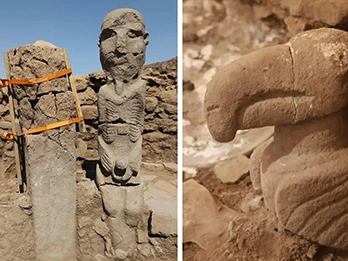 Discoveries at Gobekli Tepe and Karahan
Discoveries at Gobekli Tepe and Karahan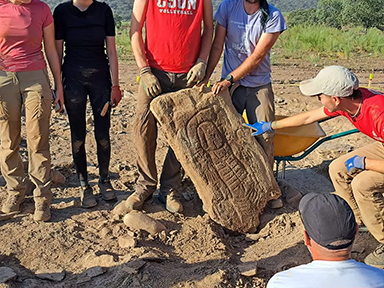 Decorated Stelae found in Canaveral de Leon, Spain
Decorated Stelae found in Canaveral de Leon, Spain The Nebra Sky Disc: A Bronze Age Calendar
The Nebra Sky Disc: A Bronze Age Calendar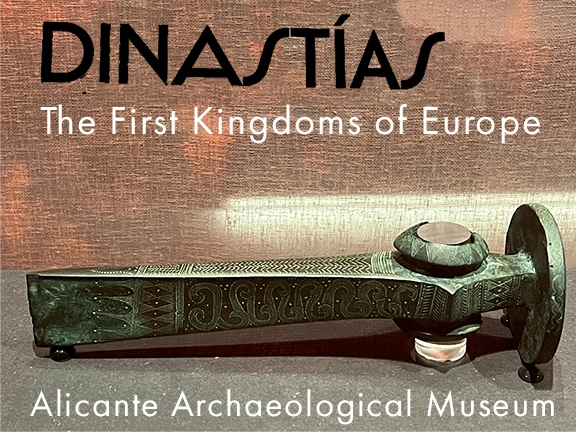 New Exhibition at the Archaeological Museum in Alicante
New Exhibition at the Archaeological Museum in Alicante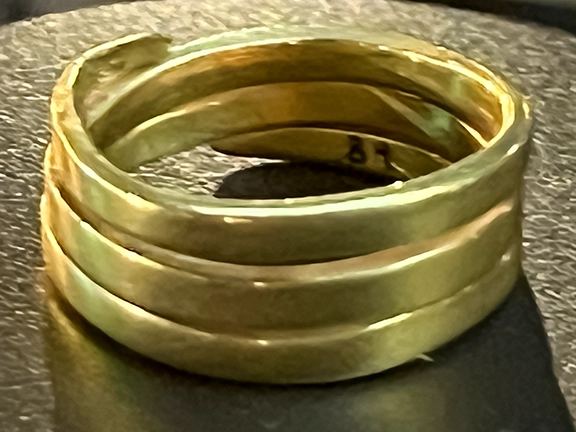 Bronze Age: A Golden Age for Jewellery
Bronze Age: A Golden Age for Jewellery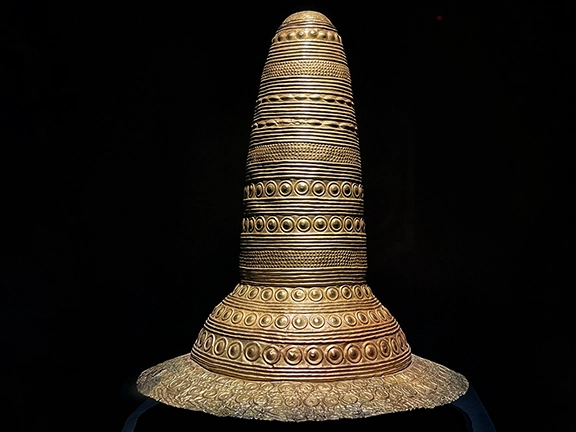 The Golden Hat of Schifferstadt
The Golden Hat of Schifferstadt